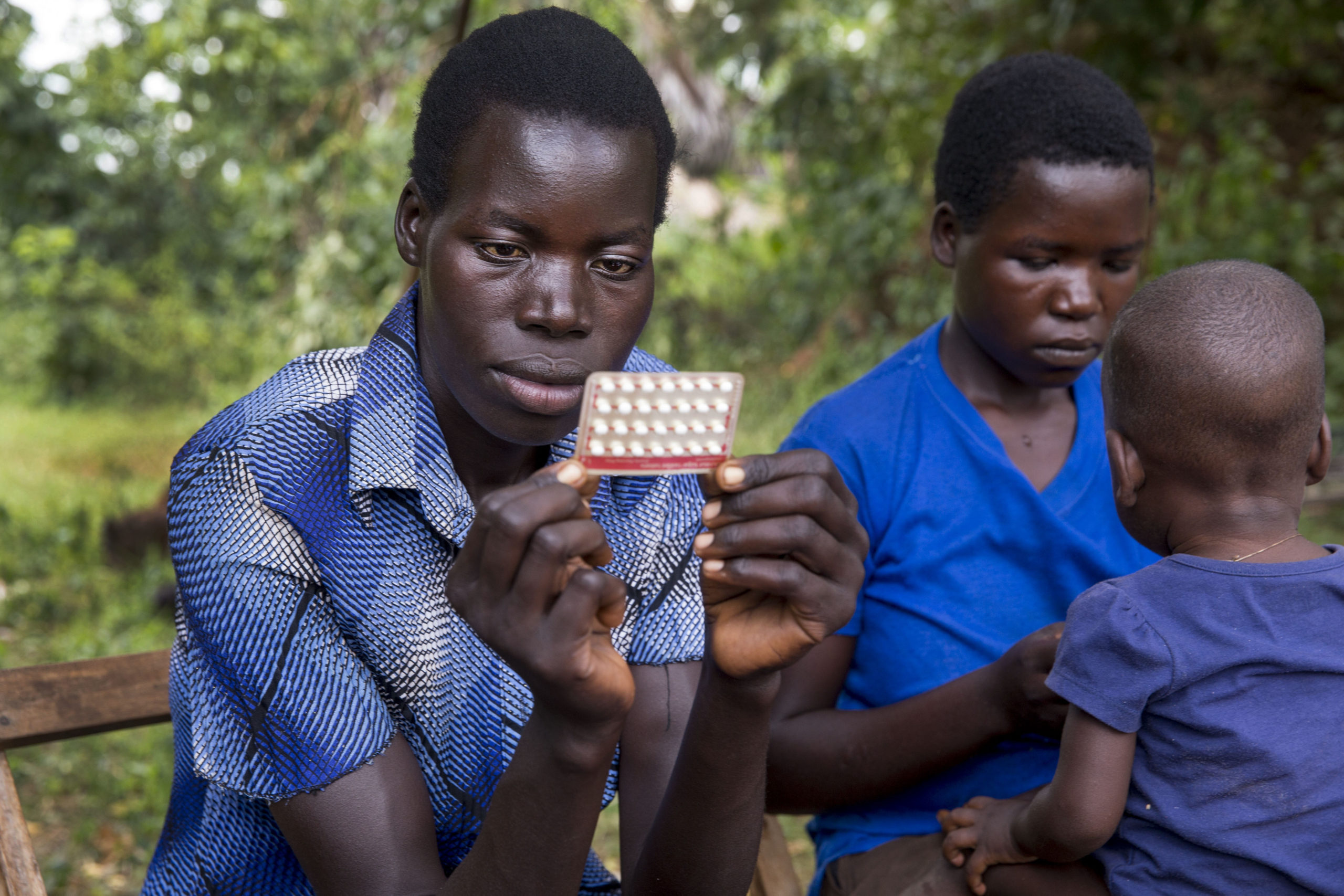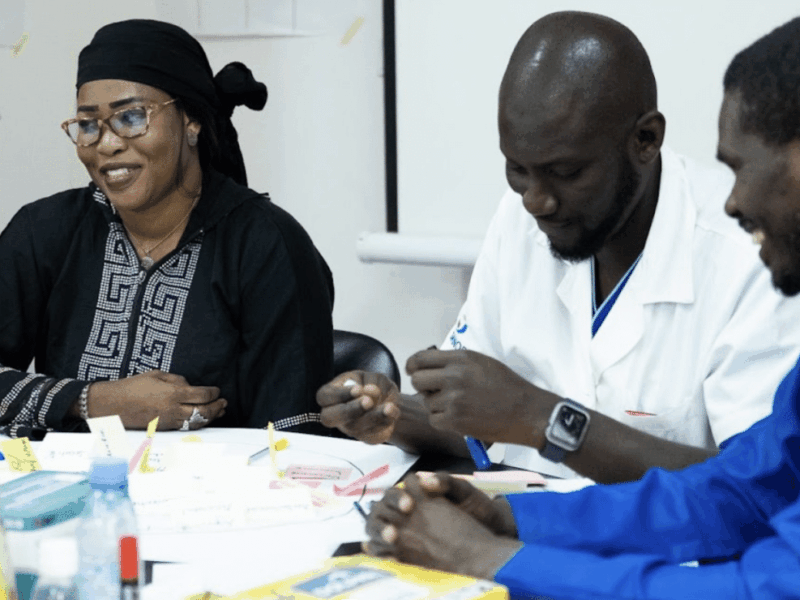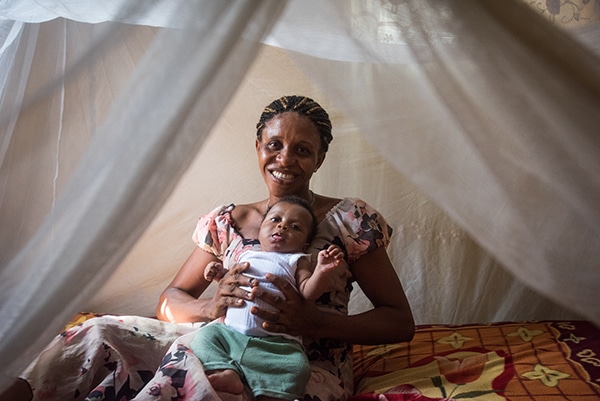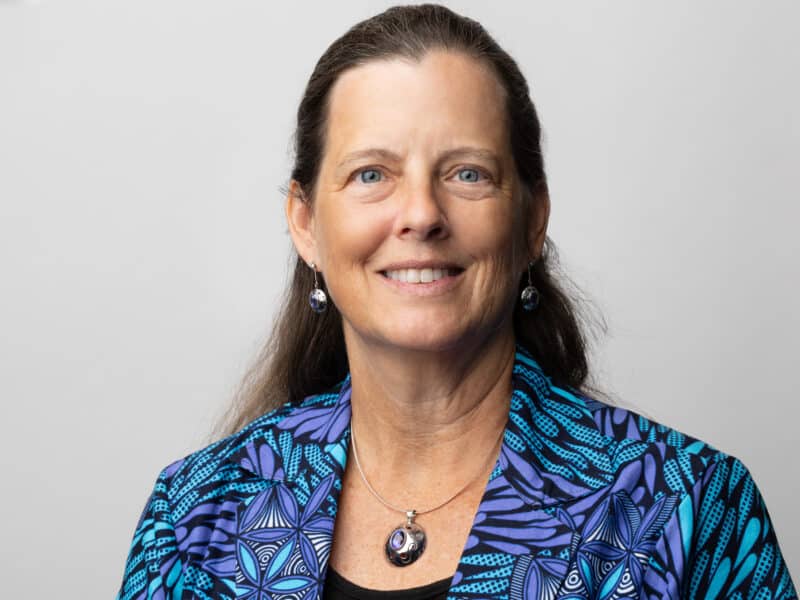Young adults in Uganda are eschewing many COVID-19 prevention measures – such as distancing and keeping gatherings small – and are also reporting that their access to services such as family planning and maternal and child health has been stymied during the pandemic, new research from the Johns Hopkins Center for Communication Programs suggests.
The results from a national mobile phone survey of 432 Ugandans ages 18-29, conducted in December 2020, are published online in the September issue of Global Journal of Health Science.
As cases of COVID-19 continue to soar, with more than 125,000 confirmed cases and 3,185 deaths in Uganda, according to Johns Hopkins University, there is still limited attention on young adults as key contributors to the spread of the pandemic in Uganda, and notably, how the pandemic has affected their access to health services and practice of prevention measures.
“With the current rising cases of COVID-19 among young adults in Uganda, our findings point to the need to intensify risk communication by putting a face to COVID-19 such as showing live examples of COVID-19 patients in hospitals, using testimonies of recovered COVID-19 patients and showing the economic burden caused by the pandemic,” the authors, led by CCP’s Judith Nalukwago, PhD, write.
The survey finds that while nearly all respondents reported that they are wearing masks and washing their hands, fewer people followed physical distancing guidelines (57 percent), avoided shaking hands (39 percent) and avoided group gatherings of more than four people (43 percent).
Participants also noted that the COVID-19 pandemic affected their ability to access family planning (40 percent), HIV (49 percent), maternal health (55 percent), child health (56 percent) and malaria (63 percent) services. Much of this can likely be attributed to lockdowns and overnight curfews in place during much of the pandemic, as well as a lack of money for transportation to health facilities, fear of police enforcing lockdowns and perceptions of potential risks of exposure on the way to and inside health facilities.
The study found that almost all participants had seen or heard COVID-19 messages several times. Radio was the most common and trusted source of COVID-19 information among young adults. A lack of access to the internet and social media poses a challenge to reaching more people with the right messages.
While 97 percent of respondents said they had seen or heard a message in COVID-19 several times in the prior six months, 82 percent had heard about maintaining a two-meter distance from others when leaving home and 60 percent remembers hearing about avoiding crowds. Despite hearing the messages, many still didn’t choose these prevention behaviors.
“Our findings point to the need to strengthen targeted health promotion interventions that motivate young adults to practice the recommended preventive measures to curb the spread of the pandemic and improve their ability to access health services,” the authors say. “Health promotion and education messages should be intensified using multiple channels of communication to … promote the practice of COVID-19 prevention measures.”
“Effects of Coronavirus Pandemic on Young Adults’ Ability to Access Health Services and Practice Recommended Preventive Measures,” was written by Judith Nalukwago, Bolanle Olapeju, Pallen Mugabe, Anna Passaniti, Musa Kimbowa, Arzum Ciloglu, Glory Mkandawire, Richard Kabanda and Douglas Storey. Funding for the research comes from USAID though the CCP-led Social and Behavior Change Activity.





